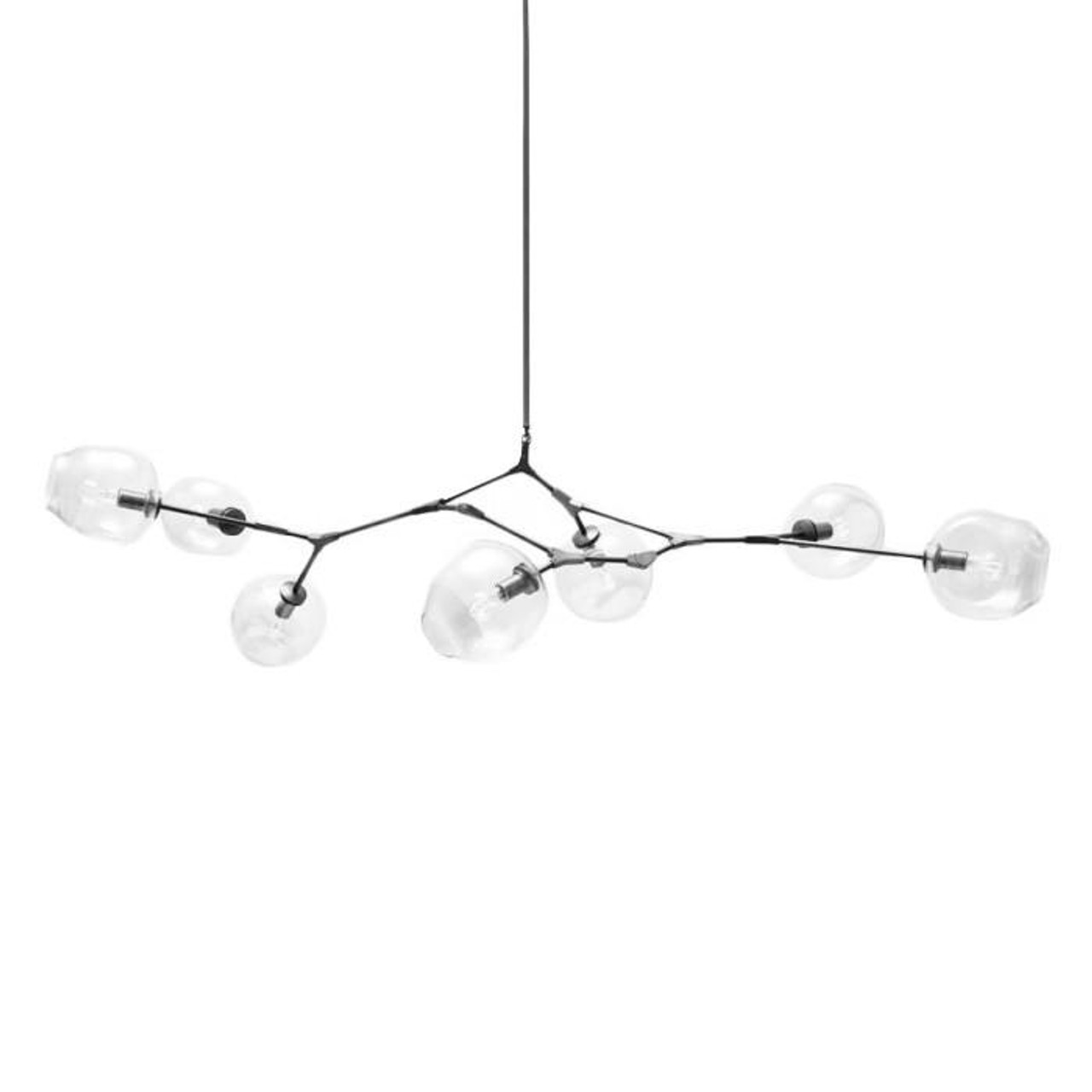Understanding Over-Providing: A Key Strategy for Building Resilient Architecture
Posted by Dr Martin Graythwaite - Architecture PhD / MPhil on Sep 04, 2024
When we think about architecture, our minds often drift to images of skyscrapers, sprawling urban complexes, or eco-friendly homes that dot serene landscapes. But beneath the aesthetic appeal of these structures lies a much more profound consideration—resilience. In an age defined by climate change, resource scarcity, and increasing population density, building structures that can withstand the test of time has become essential. One emerging strategy in the pursuit of resilient architecture is "over-providing."
At first glance, the term "over-providing" seems counterintuitive. In an era where efficiency is prized and minimalism celebrated, why would architects intentionally design structures that offer more than what seems necessary? The answer lies in a careful balancing act between preparation and sustainability. Over-providing isn't about wastefulness; it's about foresight. It's about building for the unpredictable future, not just for the immediate present.
In this blog post, we’ll explore the concept of over-providing as a key strategy for resilient architecture, dissect how it plays out in both historical and modern contexts, and analyze why it might just be the missing link in designing buildings that last—both structurally and environmentally.
The Concept of Over-Providing: What It Really Means
Before we dive into the architectural applications, let’s clarify what over-providing means. Over-providing, in essence, is about designing systems, structures, or solutions that have more capacity, durability, or functionality than what is immediately required. This might seem wasteful on the surface, but the rationale behind it is long-term resilience and adaptability.
Imagine a bridge designed to support 1,000 cars at once. That’s the average traffic load it will likely experience. Now, picture a scenario where this bridge is over-provided to support 2,000 cars. At first glance, this seems excessive. But what happens during a major event—say, an emergency evacuation, or a drastic population increase in the city over time? The over-provisioned bridge can handle the sudden surge. It is designed not just to meet current needs, but to anticipate and withstand extreme future demands.
Over-providing in architecture follows the same principle. It's about building more than just what’s needed today. It’s about anticipating the unexpected and ensuring that a structure can handle future strains—whether those are due to natural disasters, technological advances, or simply the passage of time.
A Historical Perspective: Over-Provisioning Before It Was Cool
To understand how over-providing has been used in architecture, we don’t need to look far into the past. In fact, history is peppered with examples of over-provisioned structures, many of which have stood the test of time while others, designed with short-term efficiency in mind, have not.
Take the Roman aqueducts, for example. These monumental structures were designed not only to deliver water to cities but also to withstand significant challenges over time. They transported more water than was necessary for the population at the time, considering future growth. By over-providing capacity, Roman engineers ensured that these aqueducts could serve expanding urban centers for centuries. Similarly, the Pantheon in Rome—a marvel of engineering—was built with materials and techniques far more advanced than what was needed during its time. This is why, more than 2,000 years later, it remains one of the best-preserved ancient buildings.
Contrast that with more recent examples of architectural failure due to under-provisioning. The Citigroup Center in New York City is a case in point. When it was built in the 1970s, the engineers designed the building with sleek, minimalist aesthetics in mind—cutting corners where they thought they could get away with it. Unfortunately, it was later discovered that the building's structural integrity was far more vulnerable than initially thought. A hidden flaw in the design could have led to catastrophic collapse if it hadn’t been fixed after the fact. This is a perfect example of how a lack of foresight and under-provisioning can lead to dire consequences.
Modern Examples of Over-Provisioned Architecture
Today, architects and engineers are beginning to recognize the importance of over-providing as a strategy for building resilient structures. In an era where climate change is leading to more frequent and severe weather events, over-provisioning is a practical necessity rather than a luxury.
1. The Edge, Amsterdam
The Edge is often hailed as one of the most sustainable and technologically advanced office buildings in the world. Located in Amsterdam, this building is not just energy-neutral—it actually produces more energy than it consumes. The architects of The Edge took over-providing to the next level, equipping the structure with energy systems that generate excess capacity. The extra energy isn’t wasted; instead, it’s returned to the grid, benefiting the surrounding community. By building an energy surplus into the design, The Edge prepares itself for a future where energy demands may fluctuate, and sustainability becomes even more critical.
2. Masdar City, UAE
Masdar City in the United Arab Emirates is another example of over-providing in architecture. Designed to be a zero-carbon city, Masdar over-provides for sustainability in numerous ways. Solar panels generate more energy than the city currently requires, while its water recycling systems are built with extra capacity to ensure resilience in a desert environment. What makes Masdar City stand out is its commitment to over-providing not just for immediate sustainability, but for long-term climate resilience in a region known for extreme temperatures.
3. The San Francisco Bay Seawall
In coastal areas, over-providing takes on a different form—designing infrastructure to combat rising sea levels and climate change. The San Francisco Bay seawall is undergoing a major overhaul, with architects and engineers proposing that it be elevated and strengthened well beyond current sea-level predictions. The logic here is clear: building a seawall that only meets today's requirements will lead to costly retrofitting or replacement in the near future as climate change accelerates. By over-providing now, the city is investing in long-term resilience and future-proofing its waterfront.
Why Over-Providing Matters in the Face of Climate Change
One of the most compelling reasons to adopt over-provisioning as a strategy in architecture is the unpredictability of climate change. Rising temperatures, stronger storms, and more frequent natural disasters are forcing architects and engineers to rethink traditional design paradigms.
1. Rising Sea Levels and Flooding
Coastal cities are particularly vulnerable to rising sea levels and extreme weather events. Designing structures that are just high enough to avoid today’s flood risks isn’t enough. As we've seen with major hurricanes and typhoons in recent years, water levels and storm surges can surpass even the most cautious predictions. By over-providing in terms of elevation and water resistance, architects can ensure that buildings and infrastructure remain safe even as conditions worsen.
2. Heat and Energy Demand
As temperatures rise, buildings will require more energy to cool. But rather than waiting for a crisis, architects can over-provide by designing energy systems that produce more than enough power to handle future demands. This might involve integrating renewable energy sources, like solar panels or wind turbines, that generate excess energy. Not only does this prepare buildings for increased energy needs, but it also supports broader sustainability goals.
Economic and Social Resilience: The Broader Implications of Over-Providing
It’s important to recognize that over-providing isn’t just about physical resilience—it's about economic and social resilience as well. In a world where resources are becoming scarcer and populations are growing, over-provisioning allows communities to adapt and thrive, even in the face of unexpected challenges.
1. Economic Resilience
By building structures that are capable of withstanding future demands, cities and companies can save significant amounts of money in the long run. Retrofitting or rebuilding inadequate structures is costly—not to mention the potential economic losses incurred when a building fails to meet new challenges. Over-providing ensures that buildings are not only future-proofed but also economically efficient over time.
2. Social Resilience
In addition to economic benefits, over-providing contributes to social resilience. In times of crisis—whether due to natural disasters or economic downturns—buildings that have been over-provisioned for capacity and functionality can serve as community hubs, providing shelter or resources for those in need. Hospitals, schools, and public infrastructure are particularly well-suited to over-provisioning, as their ability to function under pressure directly impacts the health and well-being of the community.
Balancing Sustainability and Over-Provisioning: Is It Wasteful?
A common critique of over-providing is that it might lead to waste or inefficiency. Why build more than what you need? Doesn’t that conflict with the principles of sustainability? The answer, as with many things in architecture, lies in balance.
Over-providing, when done thoughtfully, is not about excess. It’s about ensuring that a building can meet future needs without constant retrofitting or redesign. It’s about designing with foresight rather than short-term efficiency. By considering future demands—whether environmental, economic, or social—architects can create structures that are both sustainable and resilient.
For example, over-providing in terms of energy production, as seen with The Edge in Amsterdam, is not wasteful because the surplus energy is returned to the grid. Similarly, over-providing water recycling systems in Masdar City ensures that future water shortages don’t cripple the city’s infrastructure.
Conclusion: The Future of Over-Provisioning in Architecture
As we look ahead to a future marked by uncertainty—whether due to climate change, population growth, or technological disruption—over-providing in architecture emerges as a key strategy for resilience. It's not about waste; it's about anticipation. It's about designing buildings and infrastructure that are prepared for the unexpected, that can handle... the demands of tomorrow. As architects continue to push the boundaries of what’s possible, over-providing offers a crucial framework for building not just beautiful structures, but resilient ones. By thinking beyond immediate needs and designing with the future in mind, we can create buildings that stand the test of time—protecting both people and the planet.
In conclusion, over-providing is not an unnecessary extravagance, but a thoughtful strategy for ensuring the long-term success of our built environment. From ancient Roman aqueducts to cutting-edge modern designs, the principle of over-provisioning allows architecture to adapt to evolving challenges while maintaining structural and functional integrity. As we face an unpredictable future, it’s time to embrace over-providing as a key strategy for resilient, sustainable architecture.





